If you’re like most Australian homeowners, your roof has a…
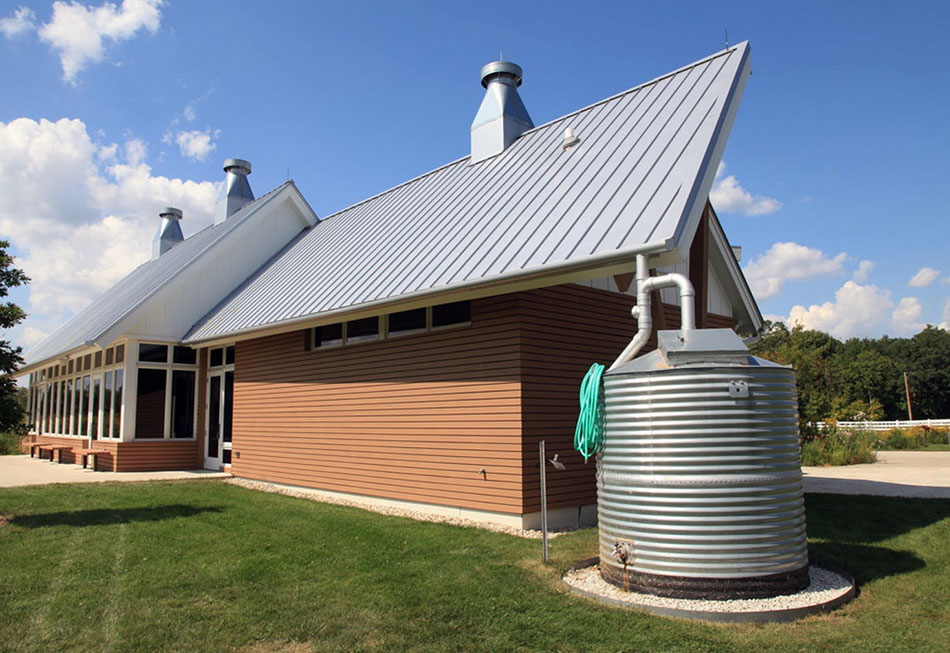
Colorbond Deterioration, Rainwater, And Drinking Water
It is common for Australians to collect rainwater from their rooftops and use it for drinking purposes. After all, rainwater is one of our most valuable resources, right? However, what if the rooftop is deteriorating? Wouldn’t that dirty the water or intoxicate it? Indeed it could.
In fact, a deteriorating rooftop is one of the primary concerns of anyone who collects rainwater to drink. If you’re one of these people, here’s what you can and should do to make sure the water you collect is safe to drink.
Factors Affecting The Safe Collection Of Rainwater
Rainwater tanks have historically been used as an essential means of supplying drinking water in many rural and remote parts of Australia. The location, style, construction and use of rainwater tanks have changed significantly over time. – Australian Government
There are several factors that can influence the safety of the rainwater you collect. When we go out to perform a metal or Colorbond roof restoration for a client who collects rain water, here are a few of the things we look at:
Roof Materials
Much like the container that you use to collect the water, the surface of your rooftop is also another essential component to take into account. Basically, the roof is your collecting utensil, and this surface is in direct contact with the rainwater you’re collecting. Hence, the roof’s material, the paint, and anything else that comes in touch with the water can directly influence its safety.
So, does your rooftop have a drinking water safe roof paint? Generally, treated timbers, tar, bitumen, and lead-based paints are not safe if you plan to collect rainwater off of them. These particular elements tend to contaminate water.
Also, clean the rooftop and preferably discard the initial rainwater runoffs from concrete, tiled, metal, and freshly painted roofs.
Roof Contaminants
Another thing to look out for on your roof that comes in contact with your rainwater are unwelcome elements like dirt, rocks, and other contaminants. These include:
- Animal droppings
- Debris
- Discarded paper
- Chemical sprays
- Broken tiles
Preventive measures to reduce contamination by potentially harmful microorganisms include: keeping roof clear of overhanging vegetation, preventing access by animals, ensuring pipework and roof is suitable for contact with water – Australian Government Department of Health
Surprisingly enough, even air pollutants are a part of rooftop contaminants. Fiberglass fabricators and spray painting industries are a significant contributor to air pollution around houses. Similarly, industries that use kilns, quarries, and chemical plants also play a large role in contaminating the air around us. Moreover, depending on the particular area you live in, and how busy it is, vehicle emissions can also affect the atmosphere. This pollution can quickly and easily contaminate rainwater.
Rainwater diverters and leaf strainers are popular handy tools to prevent debris and more extensive materials from entering the tank. Also, make sure you clean the tank after it’s been in contact with chemical sprays or if it’s overly dirty. If you don’t like going through the hassle of washing the tank, disconnect it, let the next rainfall wash it, and reconnect it again. Doing this will ensure that the water inside the tank stays safe and uncontaminated.
Dulux has a brochure stating information regarding the drinking water collection on newly coated roofs with their Dulux Acratex coating:
Roof Deterioration
Roof deterioration refers to the damage and decay of your roof, and it is another important factor that affects the safe collection of rainwater from your rooftop. There are several different causes and reasons why a rooftop starts to decay. These causes include:
- Excessive humidity in the air
- Vegetation
- Extreme weather conditions (excessive rainfall, hail, and high winds)
- North-facing roofs (excessive sun exposure)
- Old, cheap tiles
- Algae, moss, and lichen
Tiles tend to break and crack, and extreme weather conditions can dislodge them quite easily. Moreover, bacterial and fungal growth, including moss and algae, tend to grow around tiles. Hence, as beautiful as they are, tiled roofs require regular maintenance and checking.
In contrast, metal roofs are an entirely different story. These rooftops are far more durable and less likely to deteriorate fast. However, coatings and rust are common problems with these roofs too. A rusty rooftop can contaminate the rainwater and make it highly unsafe for drinking.
Signs Of Metal Or Colorbond Roof Deterioration
A metal or Colorbond roof usually has a guarantee period of twenty to thirty years. Once you are in this time frame, or over it, you should start considering rooftop replacement options. But when exactly? Well, there are some warning signs you can look out for. These include:
Stains and patches
If you notice signs of water damage and stains on your walls and ceiling, there’s a high chance that your rooftop is giving up on you. Seeing dark streaks and patches along your ceiling is a primary indication of a rooftop leak. What could have caused the leak to happen? Here are a few possible reasons:
- Improper maintenance of the rooftop
- Improper installation in case of a new rooftop
- Damage from a recent traumatic incident or extreme weather changes
Regardless of the reason, you will notice the same pattern of results: pooling of water on your rooftop and streaks leaking through it. Sometimes, the water doesn’t merely leak through. It builds up inside the ceiling and stays there. Contrary to popular belief, this water doesn’t evaporate or dry out on its own. Instead, it collects there and then gradually soaks through your ceiling’s plaster. Ultimately, it ends up leaving a big ugly stain on your ceiling.
Mold, moss, and algae
Moss, mold, and algae aren’t always a red flag. If it is highly humid where you live, the fungus isn’t uncommon. However, if they are left to fester, these nasty things can significantly speed up the process of rooftop deterioration. In large quantities, they’re an obvious sign that you need to check up on the roof. Algae and moss tend to hold moisture and, overtime, water can create severe damage.
Like saggy ceilings, excessive mold and algae should also be a severe concern, and you must take immediate action to protect your roof. If you decide to shrug it off and leave it alone, the situation can get worse. It won’t be long before you start noticing your roof rotting, cracking, and eventually leaking.
Thankfully, mold and algae aren’t such a big concern for metal rooftops. Metal is quite resistant to bacterial and fungal growth, so you’re relatively safer if you have a metal roof. But it should still never be allowed to grow over a long time.
Sagging ceilings
If damage to your rooftop goes unnoticed, it can get worse over time and make your ceiling look miserable and saggy. Sounds unrealistic, doesn’t it? Here’s how it happens:
After creating patchy stains, the leaking roof can internally and structurally weaken your walls and ceilings. This damage can progressively grow if it’s not attended to. Eventually, the ceiling will become so weak that it will not support itself and stay in place on its own. This will ultimately result in a ceiling that looks saggy.
A saggy ceiling is nothing less than an emergency. If it is unable to sustain its weight, it will probably not take that long to collapse either. If you notice that your ceiling is starting to sag, be sure to book an appointment for an inspection immediately and don’t wait for the roof to deteriorate further.
Old and worn-out rooftop
Rusty metal, chipped paint, and cracked tiles are not uncommon as your rooftop ages. These damages are typical, but they shouldn’t be acceptable. As mentioned earlier, most rooftops have a guaranteed healthy life of about twenty to thirty years. Proper maintenance and scheduled inspection can prevent your roof from completely giving out from problems that you could otherwise easily avoid.
Remember a few things about an aging roof:
- Your rooftop will age regardless of how well you have maintained it.
- Even if you don’t see apparent deterioration, there will be invisible internal damage over time.
However, you can prolong the life of your roof by making sure you don’t delay repairs and schedule expert inspections from time to time.
Damage from trauma
Sometimes, extreme weather conditions or a traumatic incident can cause damage to your rooftop. For example:
- Heavy rainfall
- Lightning
- Tornados, hurricanes, and storms
- Excessive hail
- Trees, or any other larger object, crashing or falling on the roof
Such incidents can cause quick and excessive damage to the roof. This damage is evident and apparent, more often than not, and you can see it very clearly. Immediately hire help to get the damage repaired in order to prevent the problem from escalating further.
Flaky paint
Is your metal rooftop’s paint starting to get flaky? Apart from repainting the surface, call a professional to do a quick scan of it so they can make sure everything is fine. Mostly, flaky paint represents a hidden problem. It’s a sure way to tell if there’s something wrong underneath the surface. Get an expert to check on it. If the rooftop needs fixing, make it your priority. If not, get it repainted. Also, while you’re at it, consider using drinking water safe roof paint if you’re going to collect rainwater from your roof later.
How To Prevent Metal Roof Deterioration
Except for the age factor, most of the other causes of metal roof deterioration are preventable.
Keep it clean
Remember that debris and pooled water can cause significant damage to your roof and ceilings. Thus, in the course of preventing these problems, you must keep the rooftop clean and avoid water buildup. Regularly check up on the rooftop and make sure there is no water standing anywhere. Also, make inspection a habit, especially after heavy rainfall and hail.
Repaint the roof
Painting the roof is more than just adding colour to it for aesthetic purposes. The paint acts as an extra barrier on top of the metal and provides an added layer of protection.
“Protection from what?”, you might ask. Prolonged, direct exposure to sunlight and UV rays can speed up the process of aging. Therefore, a coating of paint provides a barrier between the environment and the metal, improving the roof’s lifespan.
Also, paint the roof water tank while you’re at it. This can deteriorate just like your roof, so it’s good to keep the two elements of your water collection system on the same maintenance schedule.
Choosing the right paint and applying it properly is no easy task, though. So this is one paint job you don’t want to do yourself, seeing as the safety of your drinking water is at stake.
Ensure adequate drainage
Again, make sure water doesn’t pool on the rooftop for long. Ensure adequate drainage for any rainwater so that it can quickly escape the rooftop—the better the drainage system, the lesser the chances of a water buildup.
Minimize human traffic
If you have a flat or low-pitch roof, avoid allowing people (and pets, if you can) to go on the rooftop. Consider this human traffic as an unnecessary trauma to the metal, which will only speed up the process of deterioration and damage the metal components sooner than expected. Not to mention that a roof just isn’t a safe place to be hanging around.
Prune the trees
Make sure you prune and trim any vegetation around the roof. You might think a few branches here and there won’t do any harm, but the micro-trauma they cause can sometimes lead to significant damage. So, keep an eye on your own trees and the neighbours. If any branches are crossing over to your rooftop and scratching anything or dropping debris, see about getting them cut back.
Professional service only
Leaving the installation and repairs to the professionals can prevent damage and deterioration because experts know the ins and outs of the entire process better than you do.
You could attempt a DIY, but you might just end up doing more harm than good. Professionals will fasten metal elements properly and make sure there are no gaps or abnormalities anywhere. Moreover, roof work is dangerous, and a risk you don’t need to be taking for yourself. So, be sure to consult an expert before you get your own tool kit out.
What To Do If Your Roof Is Deteriorating?
If you notice considerable rooftop deterioration, here are the steps you should take.
Survey the roof
First, inspect your roof from the ground level and any windows that might provide a good vantage point. Don’t go on the roof yourself, though, as this creates an unnecessary risk.
Try to assess the extent of the damage and potential sources based on the information we provided above. You aren’t an expert, but it is good to have a rough idea in mind for when you do call the professionals.
Inspect your water collection
If you suspect that roof deterioration may be affecting your water collection system, you might want to inspect that as well. There are at-home water testing kits that you can buy, but scheduling a professional inspection is likely to provide you with much better peace of mind.
Get a roof restoration
When Vivify gets called out for a roof restoration job, we have a special approach to metal roofs with water collection systems. First, we treat light surface deterioration with whatever solution is the best fix for the specific cause. Then, we lay down a new coat of primer and a final paint coating that is completely safe for collecting drinking water.
The end result is a roof that looks fresh, functions well, and is water-collection ready again!
Get Your Roof Restored So It’s Safe To Collect Rainwater Again
Don’t get on ladders yourself. Don’t lose sleep over DIY or amateur jobs. When it comes to something as important as safe drinking water, you want to call a professional. So contact Vivify today and let us get your metal roof working right again with expert restoration.

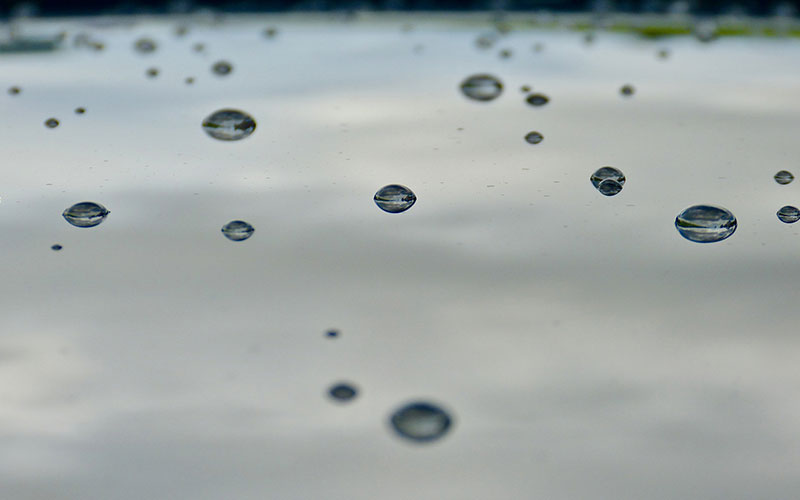
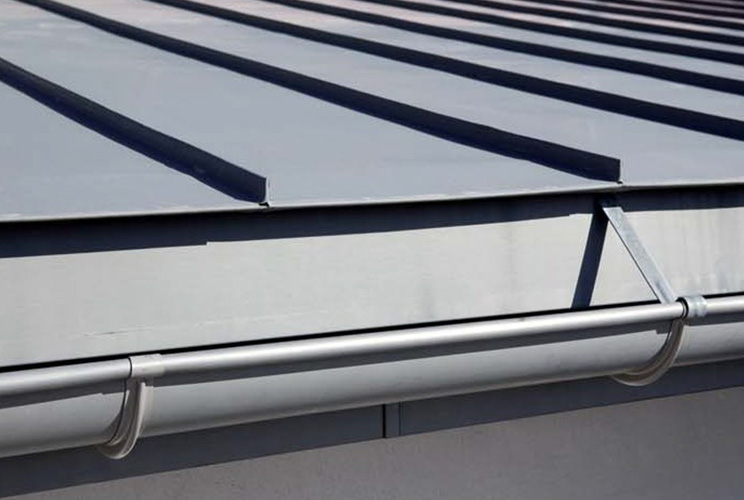
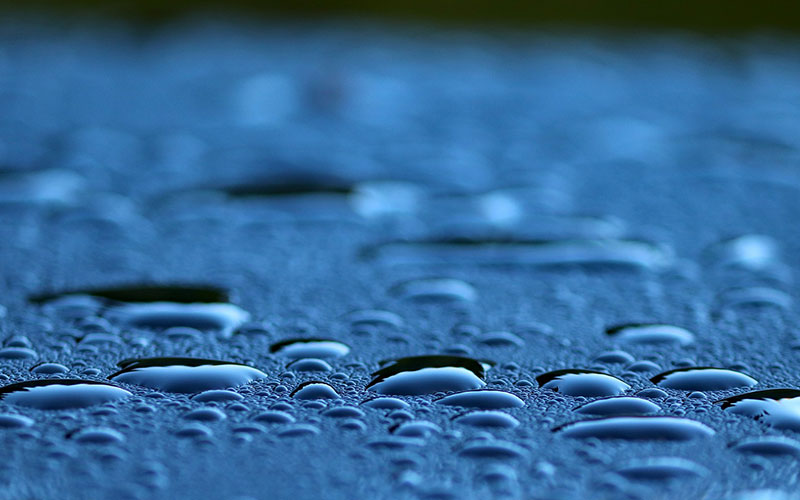

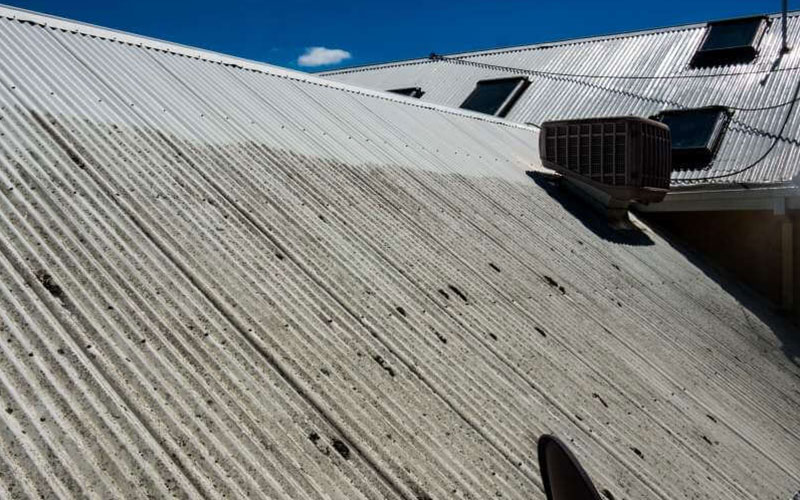
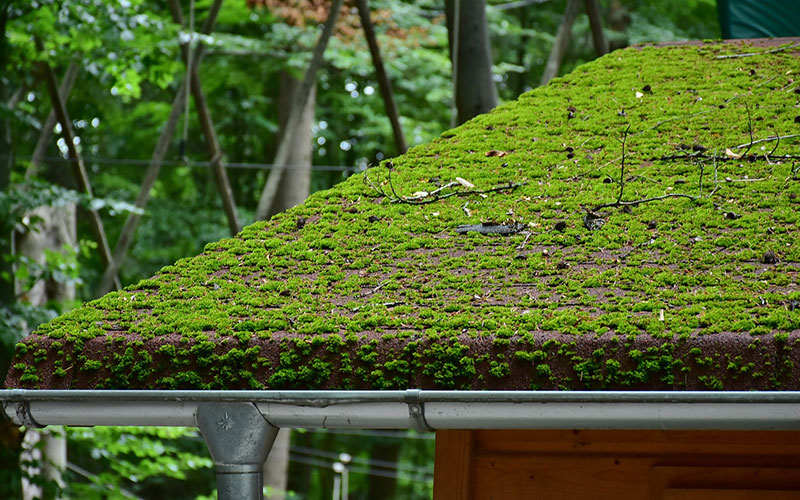
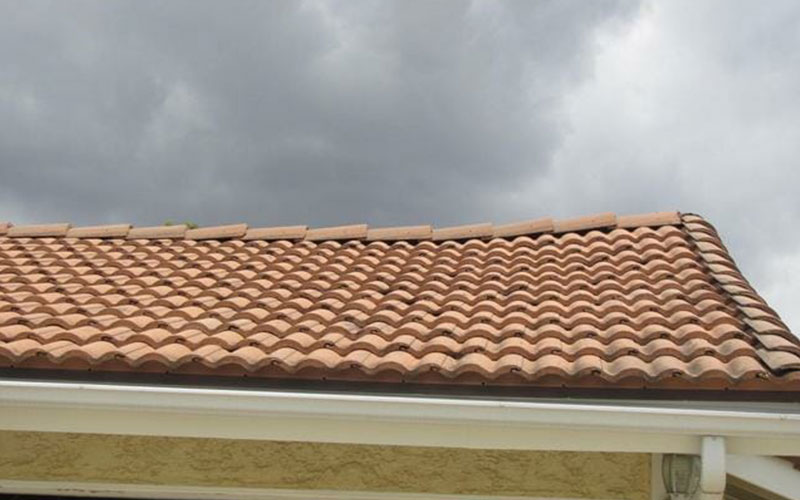
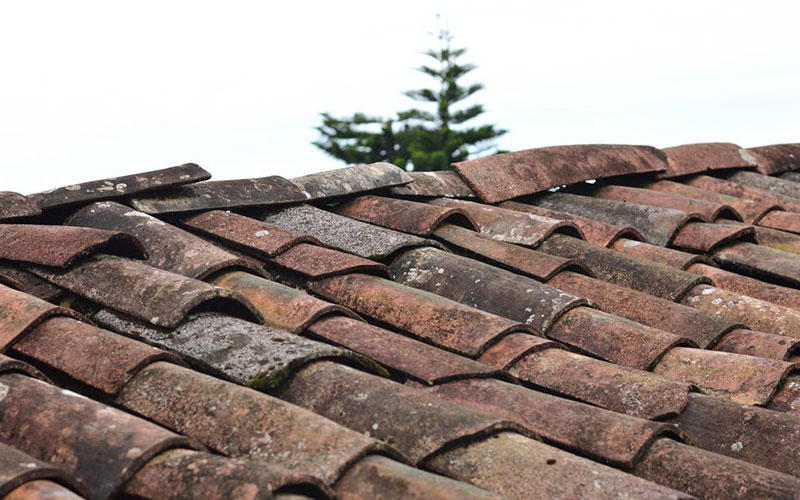
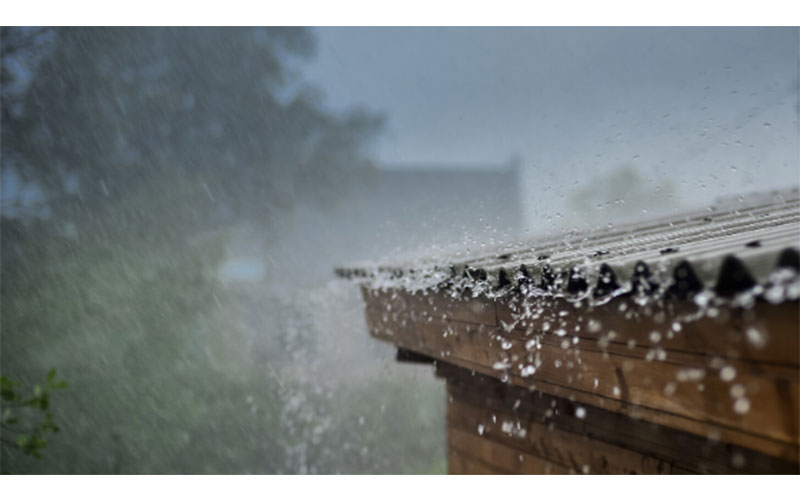
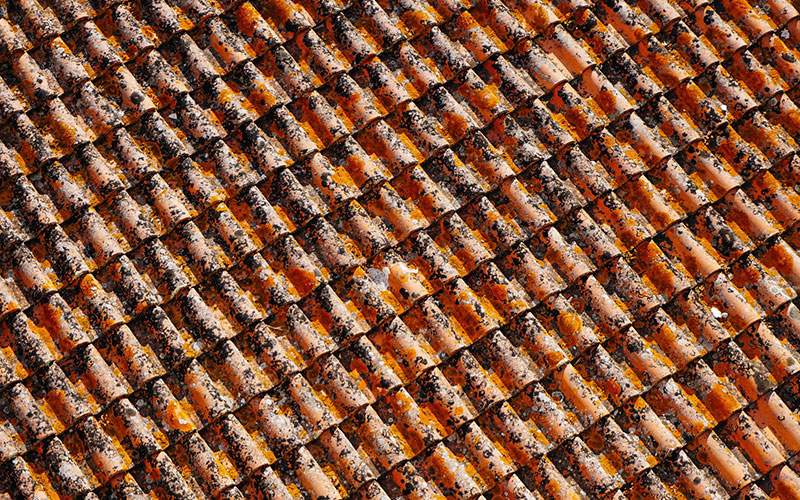
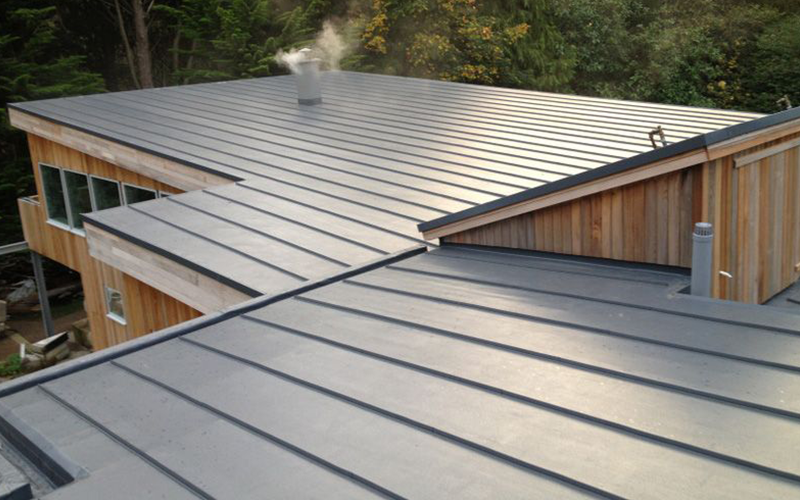
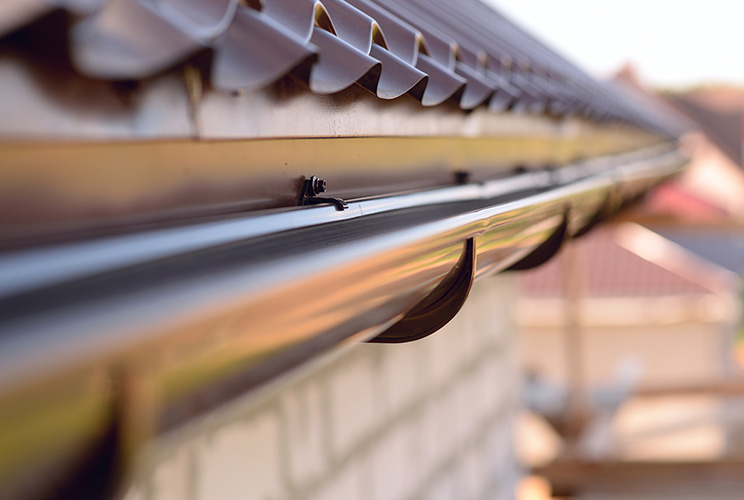

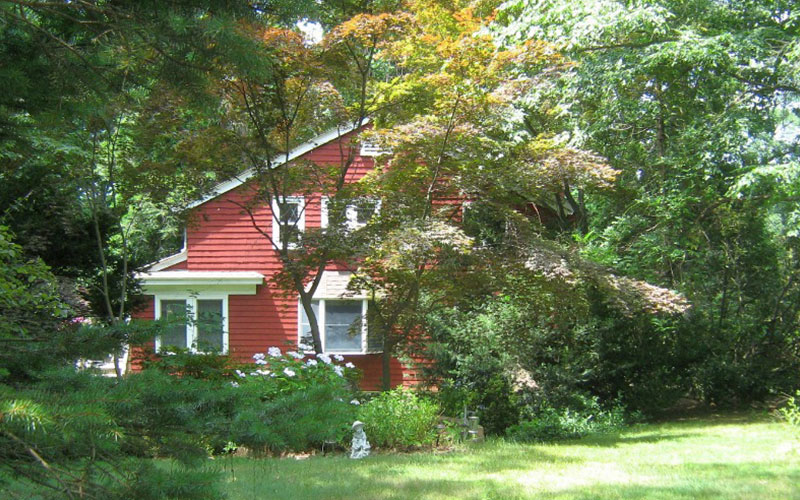
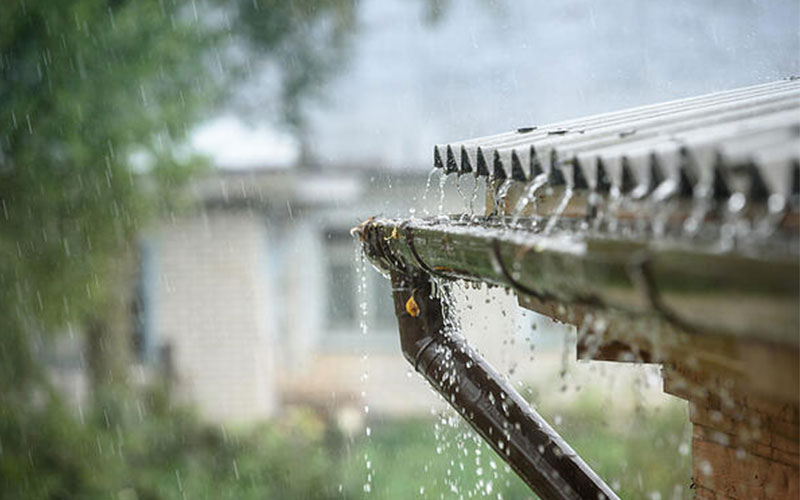
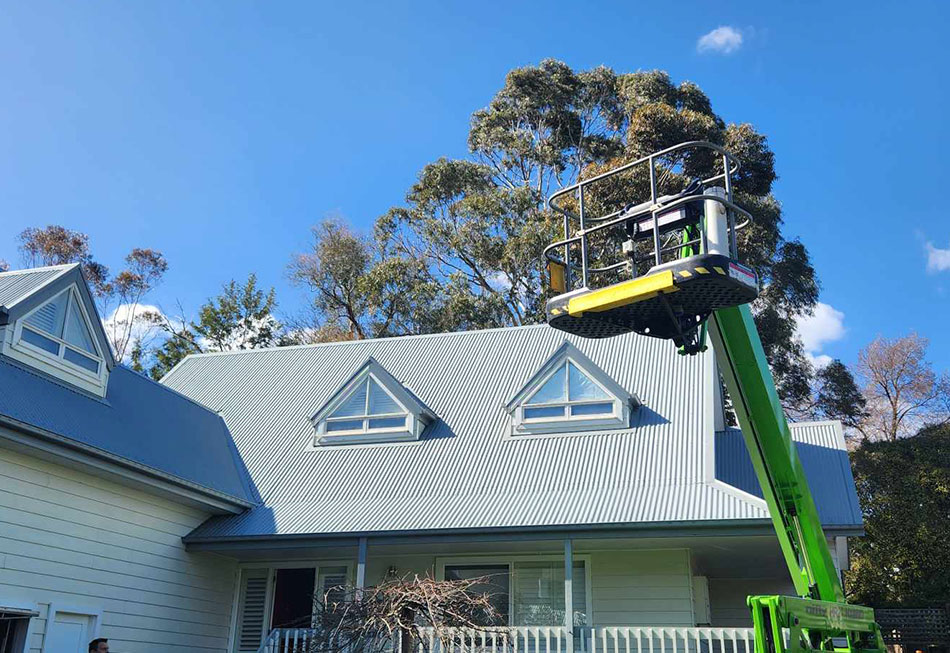
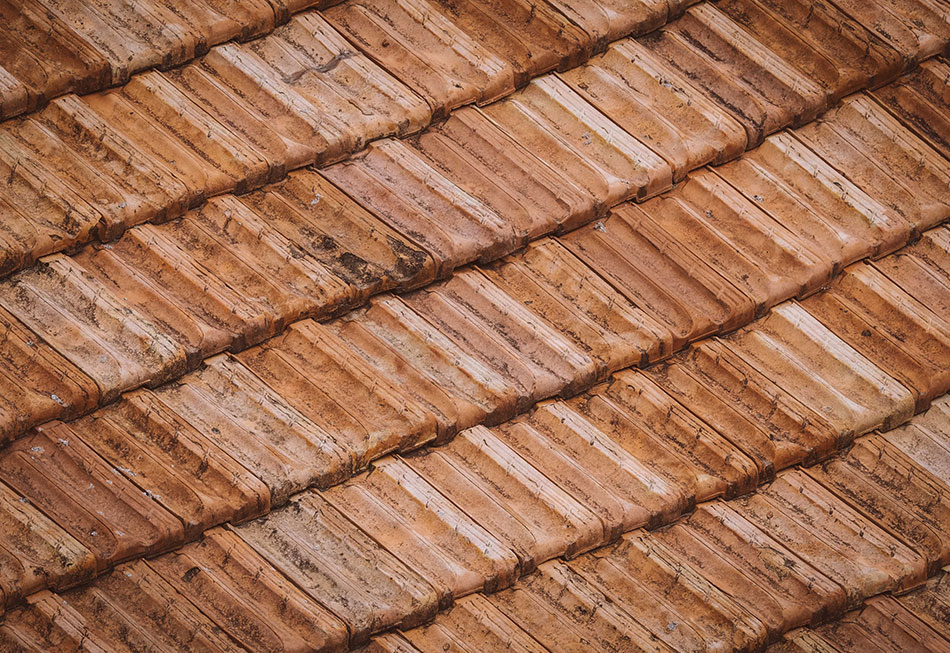
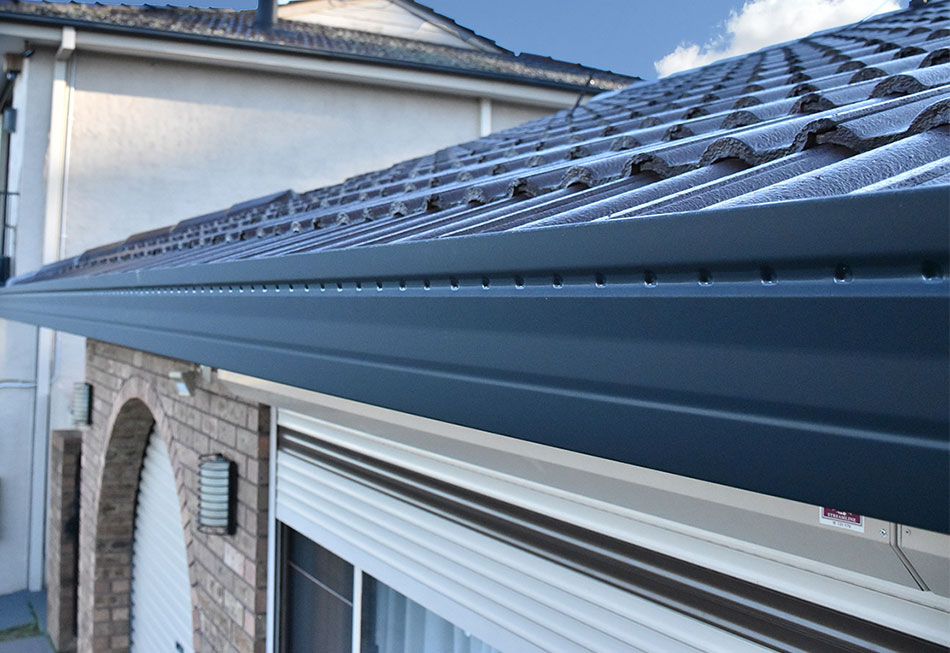

This Post Has 0 Comments